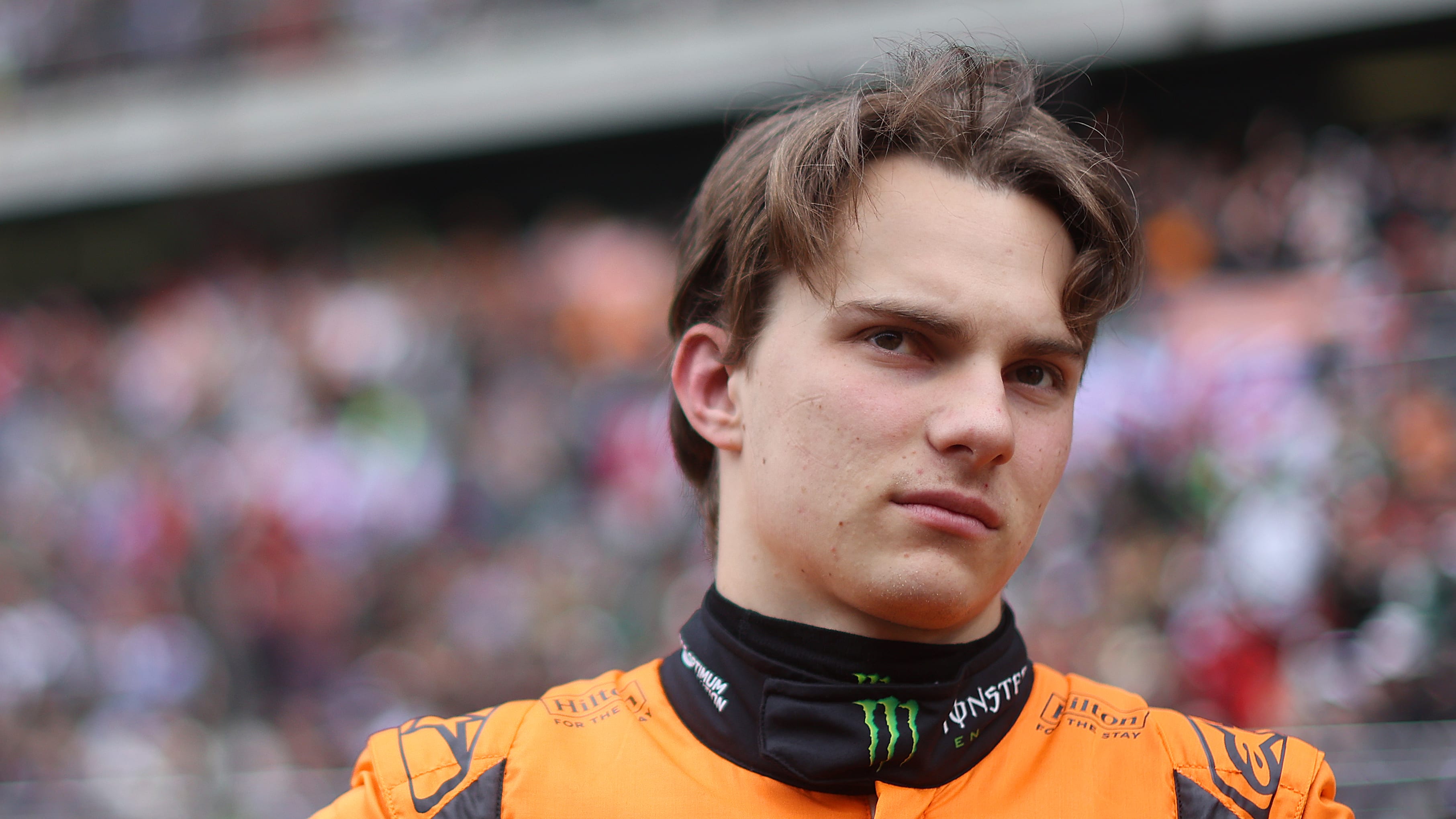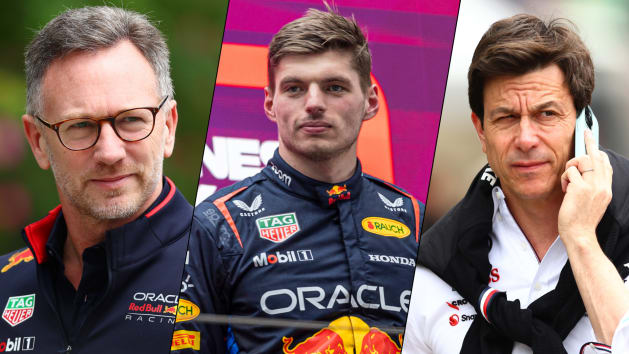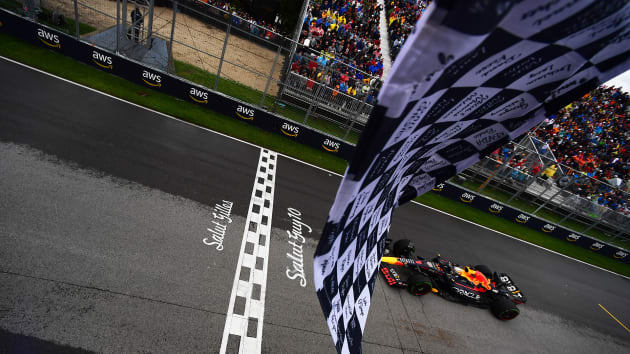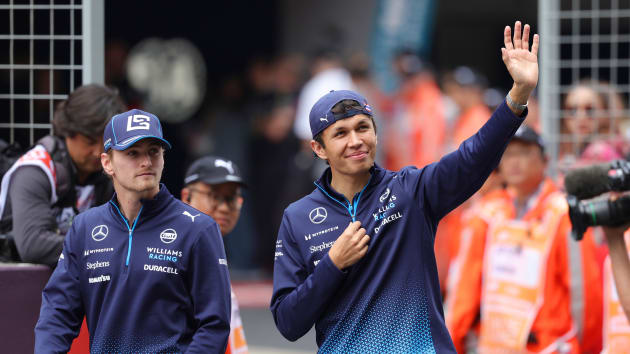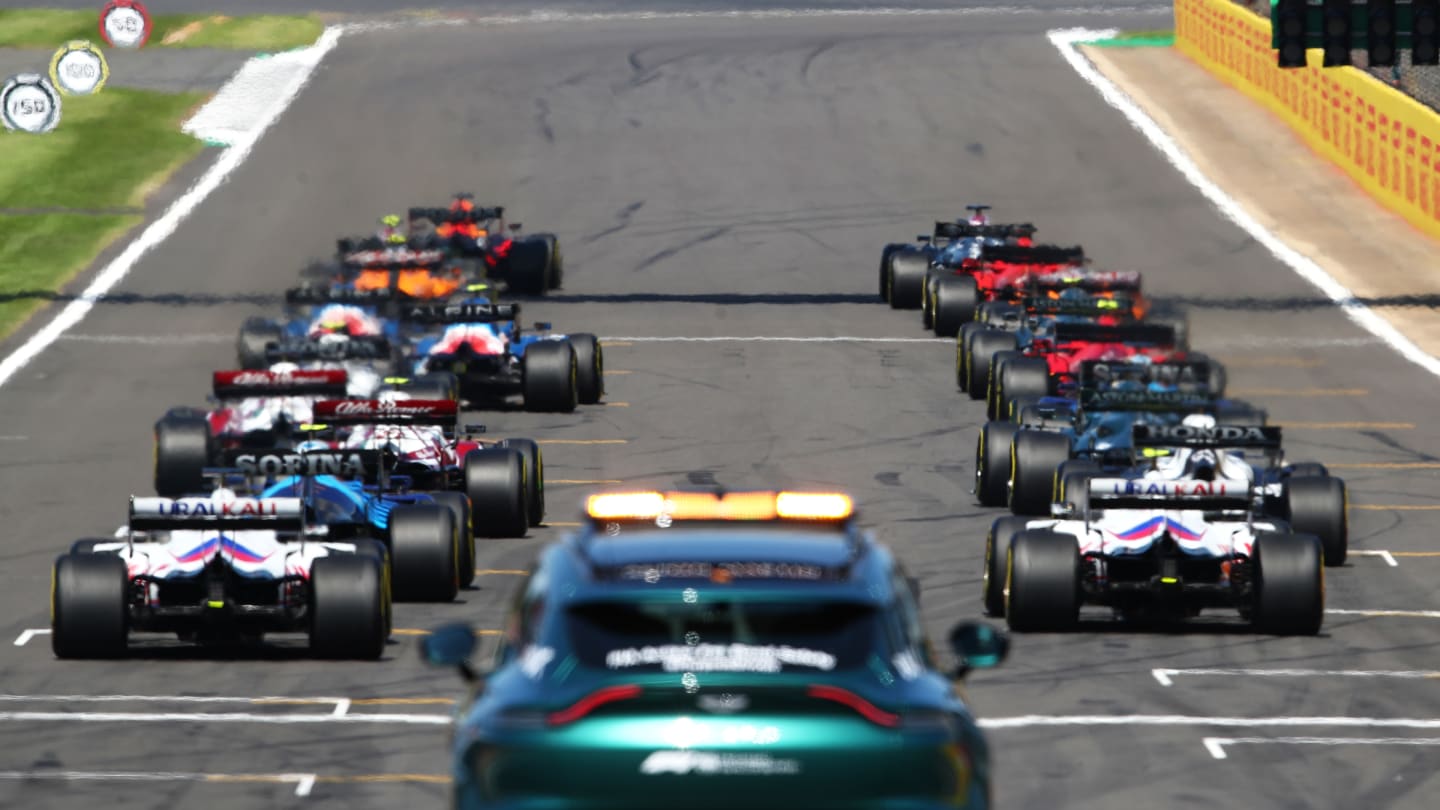
Feature
What we learned from the first weekend using the F1 Sprint format
F1 Correspondent & Presenter
Lawrence BarrettoShare

After months of planning, the inaugural F1 Sprint weekend is done and dusted, and boy was it dramatic. We’ve got two more to come this year, as F1 experiments with the weekend format with an eye on the future, but the early signs are positive. So how did the first one go and what did we learn?
1. Cut in practice heaped pressure on teams – and saw drama ramp up massively on Friday
There was a noticeable increase in the buzz and excitement as we headed into Friday at Silverstone. Sure, this was comfortably the most well-attended opening day of a race weekend we’ve seen in more than 18 months, with an impressive 86,000 passing through the gates.
But aside from the joy that F1 was opening its doors to fans in the UK once more, there was the anticipation for the biggest change to the weekend format in decades. Qualifying moved into a Friday evening slot, leading to a 33.3% cut in practice and just one hour to prepare the car before they headed into parc ferme – with very few tweaks allowed thereafter.
READ MORE: Ross Brawn on why he hopes we don't see a repeat of Hamilton and Verstappen's clash
The revised programme, bringing forward the first intense session of the weekend by 24 hours, meant the drivers and teams had to get into the zone earlier than usual. The teams also had some big decisions to make, based on less track time than usual.
2021 British GP Qualifying: Hamilton claims P1 for F1 Sprint race start
Red Bull looked strong in FP1, and they opted to stick with their higher downforce setting, while rivals Mercedes went for a lower drag direction, which gave them an advantage on the straight. That was then locked in for the rest of the weekend, with Hamilton pipping Verstappen to the fastest time in qualifying.
Verstappen said afterwards that with the benefit of hindsight, they would have run less wing. With three practice sessions – and more data - before qualifying, they would have had more time to assess the best direction for them.
Friday felt like it was building to something, with qualifying taking place at 6pm local time. The atmosphere was electric – and the packed grandstands were rewarded with a thrilling session that saw all three of the home drivers – Hamilton, Lando Norris and George Russell – inside the top eight.
The drivers seemed to appreciate having a more meaningful session on the first day of the weekend too.
2. There was no holding back, as some feared, in F1 Sprint
There was some trepidation that drivers may be cautious in the Sprint, to avoid ruining their Sunday, when the big points were handed out, especially with teams keen to avoid damage because of the budget cap – but that turned out to be far from the case.
READ MORE: 7 Winners and 6 Losers from the British Grand Prix – Who shone in the sun at Silverstone?
Verstappen jumped Hamilton at the start, and then defended robustly as the Mercedes tried to fight back, before going on to clinch pole position and make up for missing out on the quickest time the previous day.
Free tyre choice meant we saw four drivers gamble on the soft – Valtteri Bottas, Fernando Alonso, Esteban Ocon and Kimi Raikkonen – and for three of them, it proved inspired. Alonso, Ocon and Raikkonen made up a combined 11 places at the flag.
F1 Sprint Highlights: 2021 British Grand Prix
They gained from the extra grip off the line and in the early stages – and then managed their tyres as they began to drop off in the final few laps. Alonso lost places to both McLarens, but he still ended up four places higher than he started – so it was a risk worth taking.
We also saw how mistakes could prove costly, as Sergio Perez unfortunately found out. The Mexican had a poor getaway and then lost his car spectacularly at Becketts when battling Lando Norris. Though he kept it out of the barriers, he ultimately retired the car and started Sunday’s Grand Prix from the pit lane to severely compromise his weekend.
But Carlos Sainz proved that recoveries are possible. After contact with George Russell on the opening lap, the Ferrari driver dropped to 18th – but provided plenty of entertainment as he fought back to 11th, minimising the damage to a net loss of two places.
Overall, the feedback from the drivers was positive. They had fresh tyres and low fuel, where they could push for the whole 17 laps – which for them is a fun change from driving heavier cars with more fuel in Sunday's more strategic event.
And the result was a very different top 10 to the one that started the Sprint. The potential for thrilling racing is there.
3. The Sprint played a key role in spicing up the Grand Prix itself
Without Saturday’s Sprint, there’s a school of thought that we may not have seen the dramatic first lap that saw the two main title protagonists come together.
Analysis: Palmer & Albon examine Hamilton & Verstappen's Silverstone collision
Both Verstappen and Hamilton had experience of the opening lap of a race at Silverstone from the previous day and just how important a bearing it would have for the rest of the race. According to Hamilton, the way things played out in his battle with Verstappen in the Sprint influenced his decision to go up the inside at Copse, rather than the outside like he tried in the Sprint.
"I got a great tow down to Turn 9," said Hamilton. "Yesterday, I went down the left and really regretted not going for the gap that was on the right-hand side. So I dummied him, moved to the left and then moved to the right for that gap. I was pretty far alongside him but I could see he wasn't going to back out. Then we went into the corner and we collided."
There was free tyre choice for the start of the Grand Prix, which led to some tension as to what compounds each team would go for. And while there was near unanimity – Perez went for the hard but everyone else took the medium – the unseasonably warm conditions will likely have led to teams being more conservative.
Different tracks and different conditions will impact their choice, which is why having two more Grands Prix to test out the new format is helpful.
We also saw a host of drivers make big moves up the field. Lance Stroll and Yuki Tsunoda made up six places apiece, while Sainz made up five, as the trio hauled themselves into the points.
Of course, it’s difficult to say how much the new format with less practice and the addition of Sprint made those climbs possible, but looking at how dramatic the British Grand Prix was, Sunday’s race scored highly.
YOU MIGHT ALSO LIKE
News Alonso explains why ‘sensitive’ Stroll is key to Aston Martin’s success
News ‘His time would be better spent focusing on the team’ – Horner criticises Wolff’s comments on Verstappen’s F1 future
NewsF1 Unlocked Have your name on the Canadian Grand Prix Chequered Flag
News Albon hopeful Williams will be stronger in Miami after ‘tough’ China weekend as Sargeant reflects on penalty incident
